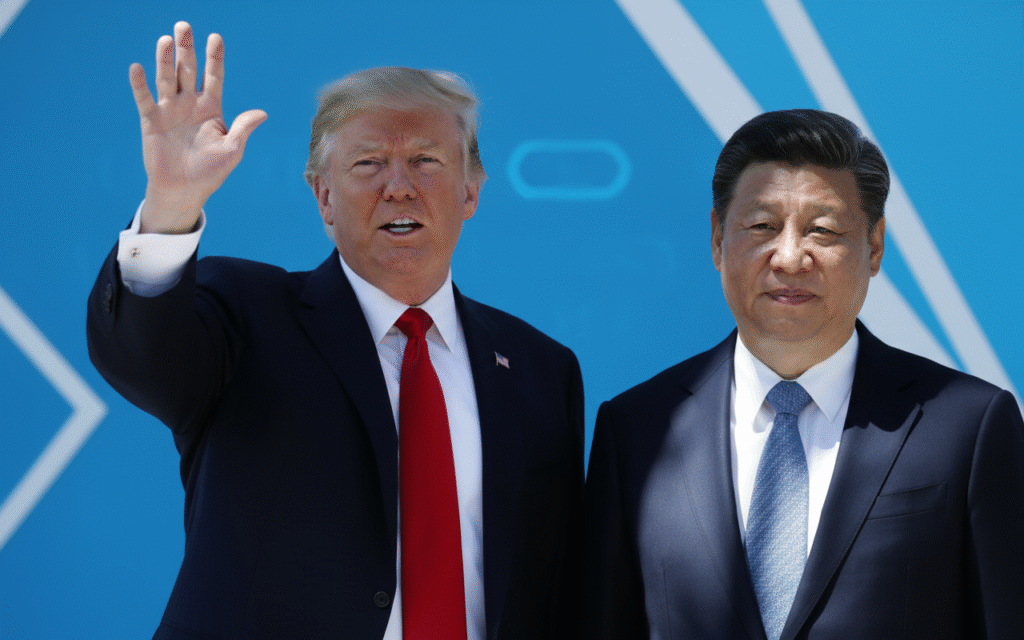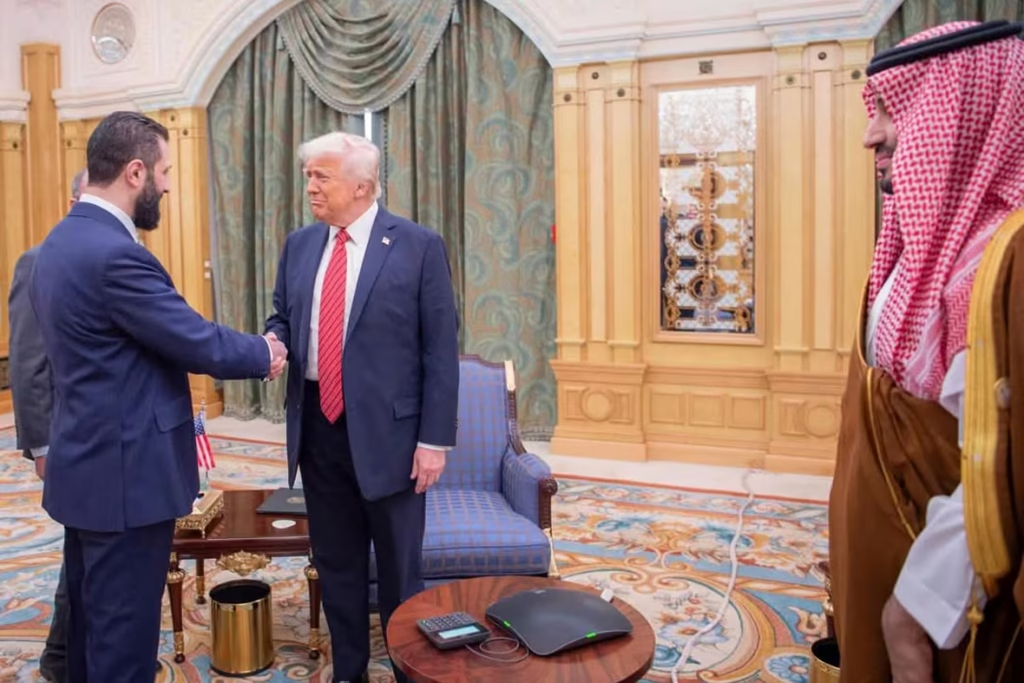The United States and China have reached a significant breakthrough by agreeing on the framework of a new trade deal ahead of this week’s high-stakes meeting between President Donald Trump and President Xi Jinping. This development comes at a critical time as both nations seek to avoid escalating their long-running trade conflict and provide reassurance to global markets.
Key Elements of the Framework Agreement
- Tariffs Averted: One of the most crucial outcomes is the postponement of the threatened 100% tariff hike on Chinese goods entering the U.S. This move alone has brought a huge sigh of relief to international businesses and financial markets, which had been bracing for substantial cost increases and potential economic disruption.
- Rare Earths Export Controls: China, which controls nearly 90% of the global supply of rare earth elements, has agreed to postpone for one year its planned restrictions on exports of these materials. Rare earths are vital for manufacturing a wide array of high-tech goods, from semiconductors and smartphones to renewable energy systems. This concession is pivotal for U.S. technology and manufacturing sectors.
- Agricultural Purchases: As part of the framework, China has committed to resume substantial purchases of American soybeans and other agricultural products. This is designed to bolster the income of U.S. farmers, who have been hit hard by the trade war.
- Technology and TikTok: The two countries have also reached a final agreement over the operation of TikTok in the U.S., resolving a key point of contention in recent years.
- Progress on Fentanyl and Precursor Chemicals: China has further agreed to halt the export of precursor chemicals used for producing fentanyl, a powerful synthetic opioid that has contributed to a public health crisis in the U.S.
- Commitment to Ongoing Dialogue: Both sides emphasized that these are framework agreements and that deeper discussion and final sign-offs will occur when Trump and Xi meet later this week.
Political and Economic Implications
This framework deal signals a major step toward de-escalating trade tensions between the world’s two largest economies. By staving off the prospect of new tariffs and rare earth blockades, it helps stabilize global markets and offers hope for improved bilateral relations. The deal also shines a spotlight on critical supply chain vulnerabilities and the importance of ongoing cooperation on technology, agriculture, and narcotics policy.
Moreover, the agreement reflects a delicate balance of concessions between the two countries: the U.S. secures crucial agricultural and technology wins, while China staves off immediate tariff threats and maintains its global role in rare earth supply.
The Road Ahead: What to Watch for at the Trump-Xi Summit
The upcoming meeting between Trump and Xi in South Korea will be pivotal for formalizing the details of this framework. Key questions remain about the long-term approach to semiconductor technology exports, enforcement of the rare earths postponement, and whether the two sides can reach deeper consensus on intellectual property and broader economic integration.
Both delegations have described recent discussions as ‘constructive,’ but the true effectiveness of the framework deal will depend on what is actually signed and how implementation is managed over the next year. For now, both sides are signaling optimism—a rare and welcome moment in recent US-China relations.
This agreement, though still at the framework stage, provides an immediate boost for market confidence and offers a pathway to reduce hostility in the ongoing trade dispute. Analysts will be closely watching how the leaders’ summit further shapes the specifics and what lasting changes may follow for global commerce and technology supply chains.


